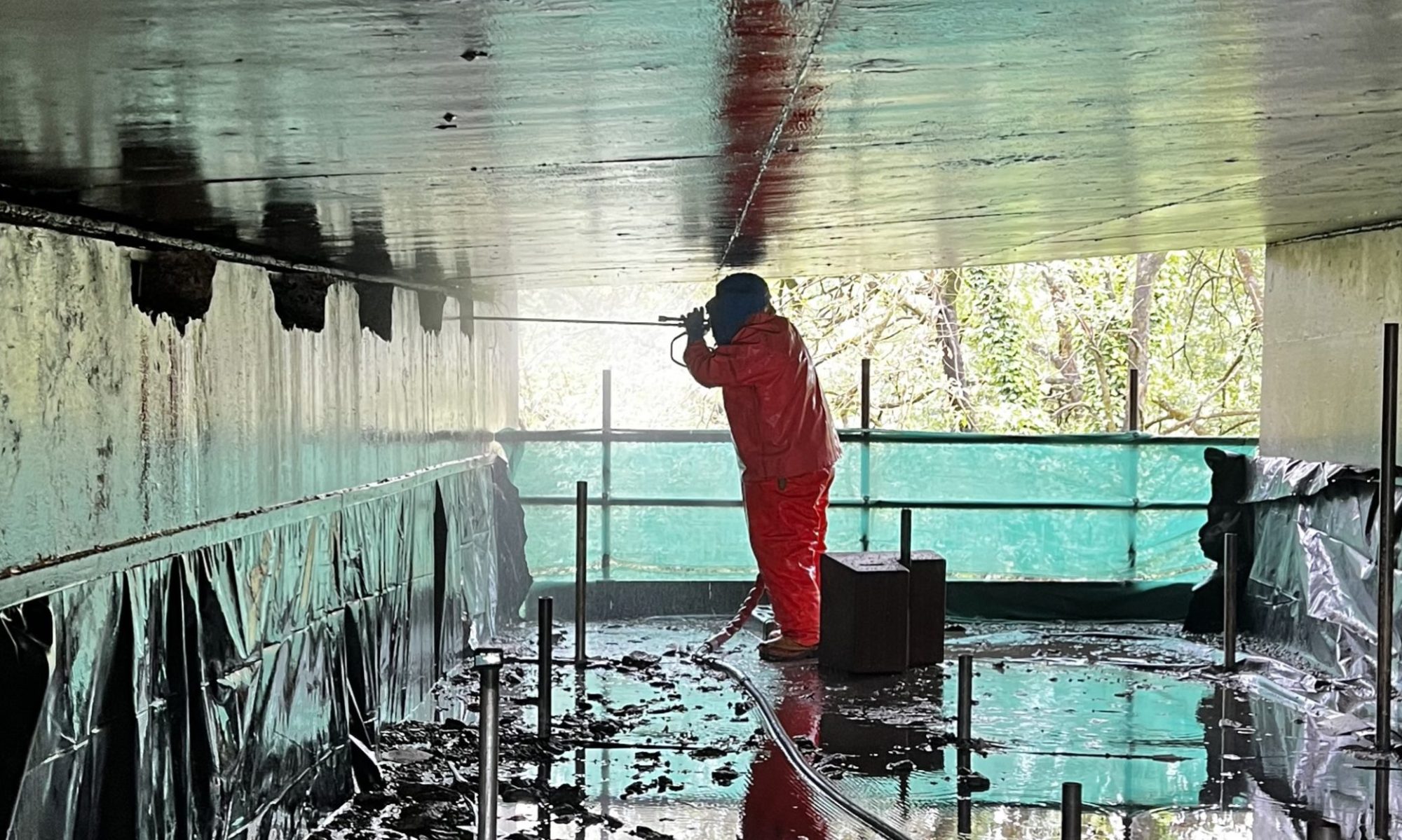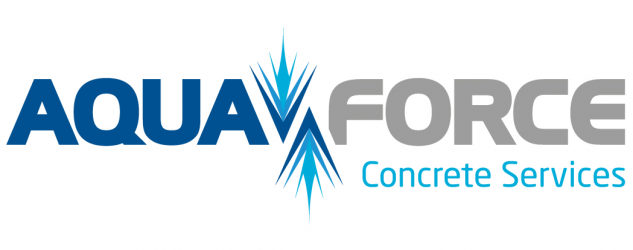 Client – Freyssinet Ltd
Client – Freyssinet Ltd
Work commenced – May 2014
Work completed – July 2014
Cubic metre removed – 16m3 with 120m3 surface prep
DOWNLOAD CASE STUDY PDF HERE
A lorry fire under the M6 Toll at the Dunton Lane underbridge resulted in significant structural damage. The M6 Toll engineering team invited the main contractor Freyssinet Limited to attend site in order to assist with the assessment of the damage and work with the design team to produce a suitable repair strategy.
Aquaforce was mobilised quickly as part of this team to provide information and advice regarding the works required, which included hydrodemolition to the soffit and the walls.
The mains water supply was located 500 metres away from the work area. As result of the low flow capacity of the water supply, water storage tanks were used to store the ‘trickle’ supply from the mains over a 24/7 period throughout the contract period. Aquaforce supplied a site set up with 60m3 of water storage. In line with the Environment Agency guidelines, Aquaforce was able to ensure compliance with regards to the provision of containment and the treatment of waste deposits, which included solid matter and suspended solids within the waste water. Aquaforce also gave further advice for dealing with the alkalinity of the water being produced.
Aquaforce team operated from adapted scaffold access which allowed hydrodem to be undertaken on the east side of the structure, while spray concrete was being undertaken concurrently on the west side. This made significant time savings to the overall scheme and ensured that the M6 Toll was re-opened on schedule.
Waste water produced during the hydro-dem process was treated on site prior to discharge into the adjacent storm drainage network. The Environment Agency provided consent to discharge prior to the commencement of the works. The water was filtered through geotextile before being PH tested and balanced to PH6-9 before discharge.
The south-side wall of the structure had sustained surface damage during the fire, but due to the depth of the reinforcement (approx 85mm of cover) there had not been any significant structural damage/exposure of reinforcement to the south wall. The main function of the wall repairs was to restore a suitable ‘finish’ to the concrete surface. The conventional method of undertaking spray concrete repairs is to expose the existing reinforcement in order to allow the spray concrete to bond behind the bars and provide sufficient integrity of the repair. However, due to the depth of the reinforcement it was not cost effective to remove the concrete behind rebar, so the existing concrete was treated with surface preparation by hydro-dem methods, which provided a rough surface (CSP 6) and enabled the spray concrete to bond to the substrate.
Aquaforce worked in close collaboration with the main contractor to achieve a mutually successful outcome to the project.

